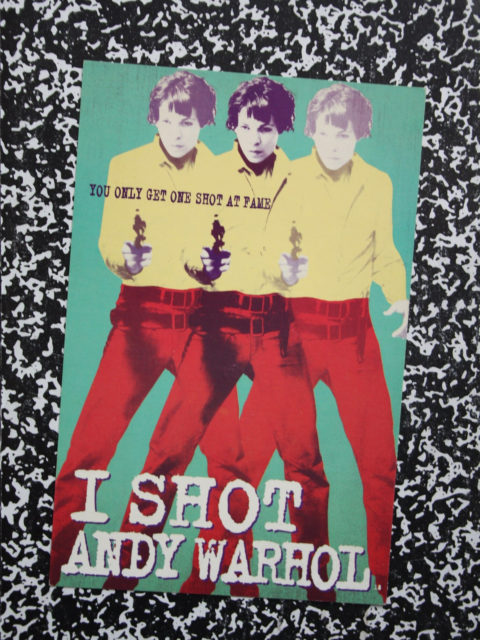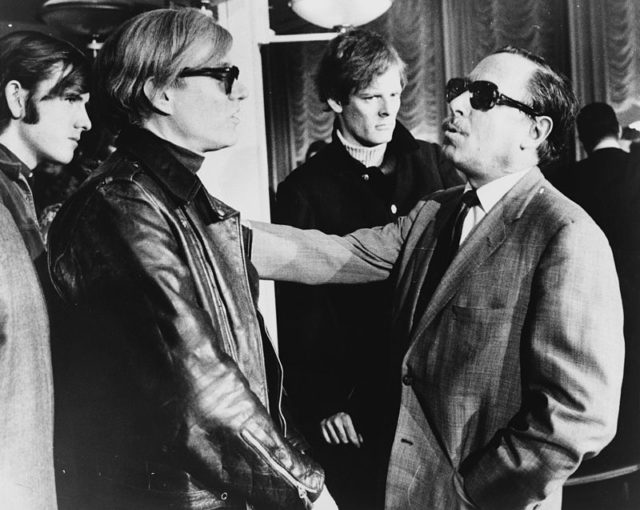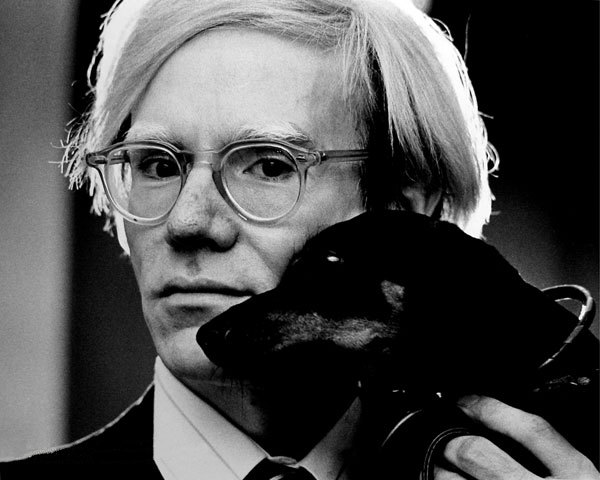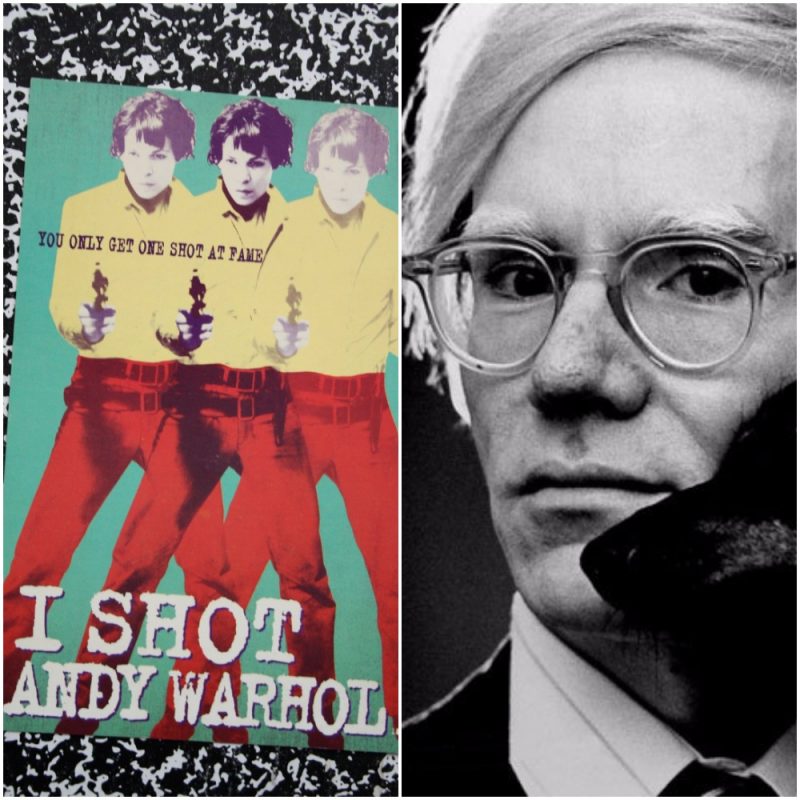The cultural climate of the 1950s in the United States was rather conservative. Although some countercultural movements were already established, it took more than ten years for their sociopolitical critique to spark changes in American society.
The Fifties were, among other things, the age of paranoid anti-communism, suppression of sexual freedom, and a haven for conservative ideals. The turbulent story of the radical feminist Valerie Solanas is an example of how harsh cultural and sociopolitical circumstances can drive an individual to desperate measures, and even to insanity.

In the 1950s, Solanas was in her late teens and early twenties. She was physically and mentally abused by her father, so she ran away from home and supported herself through begging and prostitution. Despite her unfortunate situation, she managed to graduate high school and later earned a degree in psychology from the University of Maryland. Her main interest was writing; she wanted her works to inspire a war against the patriarchal society and start a countercultural revolution.
In 1967, she self-published her best-known work, the SCUM Manifesto, a radical work in which she condemned the patriarchal society and expressed a desire to exterminate the male sex. That same year, she accidentally met Andy Warhol in New York, outside The Factory, his famous studio. She asked him to produce a play she wrote, and he immediately agreed to review her script. She contacted him to receive feedback, but Warhol informed her that he found the script too pornographic, and that he somehow lost it.

This triggered Solanas’ anger and desperation. Although Warhol gave her small roles in two of his films to compensate her for the lost script, she was convinced that he stole script for himself, so that he could produce it as his own play. She continued to search for a producer for a year, but her script was continually refused, as everyone found it too graphic and obscene. She threatened to kill Warhol several times, but her threats were dismissed as ridiculous. However, on May 31, 1968, she entered Warhol’s studio and started shooting. She shot Warhol and art critic Mario Amaya, but both men survived.

She has turned herself in on the same day. During the trial, she was diagnosed with paranoid schizophrenia and declared mentally unstable. Because of her alleged mental instability, she was only required to serve a three-year prison sentence.
Upon her release, she announced that she planned on writing an autobiography that would start a revolution. This never happened, as she soon drifted into obscurity and died of pneumonia in 1988.

Warhol was profoundly influenced by the incident with Valerie Solanas. The shooting made him rethink his creative expression and his worldviews, so it affected him positively in that sense, but he also lived in fear for the rest of his life.
He was convinced that Solanas would return to finish what she started.
